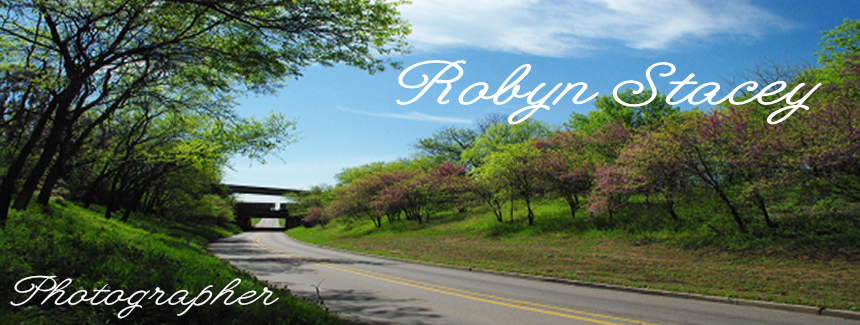Gainesville, Texas is the hometown of my dad's family. It is the source of a a lot of my photos.
When people hear the name Gainesville, most think of Florida or Georgia. Texas is usually not first in anyone's mind, but Gainesville, Texas is a western town with great history. Gainesville, along I-35 in North Texas, is about 65-70 miles north of Dallas. Gainesville, Texas got its first beginnings while Texas was an independent country. According to the Gainesville city website...
In 1841, W.S. Peters and associates signed their first contract with the Republic of Texas “which provided that within three years, they would bring 600 families into North-Central Texas” into what came to be known as the Peters Colony. The first settlers arrived in the area after the newly created Peters colony offered 640 acres to each head of family and 320 acres to each single man, plus land for a church in each settlement. Before acquiring their tracts of land, these settlers were first required to swear allegiance to the Republic of Texas. They had to agree to construct a dwelling, to cultivate their fields, and to fence at least ten acres within three years.
With the constant threats of Indian attacks on this Red River frontier, the need for military protection became a most pressing problem. In 1847, Ft. Fitzhugh, named for Colonel William Fitzhugh, an experienced soldier and Indian fighter, was the first site of settlement in the region. The following year, the state legislature created Cooke County, named for William G. Cooke, a hero of the Texas War for Independence.
Gainesville, Texas, like many towns, got its start thanks to the California Gold Rush of 1849.
Folks, on their way to their fortunes in California, would pass through Gainesville for rest & supplies. One of the main roads through town is still California Street. The Cooke County Court House sits with California Street to its south.
In 1850, Gainesville was established on a 40-acre tract of land donated by Mary E. Clark. City residents called their new community Liberty, which proved short-lived, as a Liberty, Texas already existed. Colonel Fitzhugh suggested that the town be named after General Edmund Pendleton Gaines. Gaines, a United States General under whom Fitzhugh had served, had been sympathetic with the Texas Revolution.
Gainesville was a stop on the infamous Butterfield Stage route, as well as the MKT's Katy Rairoad lines. It is the site of the Red River Wars that took place with Native American tribes in a struggle for the land, as well as two major cattle trails, the Chisolm Trail and the Shawnee Trail, which flanked Cooke County. Cattle money helped finance the Cooke County courthouse, as well as the local school & roads.
One historical first for Gainesville helped change the landscape of all of Texas...
In 1875, Henry B. Sanborn, a regional sales agent for Joseph Glidden’s Bar Fence Company of DeKalb, Illinois traveled to Texas. That autumn, he chose Gainesville as one of his initial distribution points for the newly invented barbed wire which his employer had patented the previous year. On his first visit to Gainesville, he sold ten reels of the wire to the Cleaves and Fletcher hardware store – the first spools of barbed wire ever sold in Texas.
Farming added to Gainesville's local economy with cotton becoming the major crop produced. The high price of cotton spurred Gainesville's growth once again. Dad use to pick cotton, as did most of his family at a family friend's farm near Valley View, a town just south of Gainesville. In fact, his uncle for which his eldest brother is named, died from blood poisoning after several days because of an infected pimple he had scratched while picking cotton at the farm.
In 1884, a mule-drawn street car served as public transportation serving the downtown business district.
Gainesville fared the Great Depression better than most, as oil was discovered in the nearby town of Callisburg just to the north. In addition, the Gainesville Community Circus was in its prime gaining national recognition. The circus participants were instrumental in starting the Frank Buck Zoo, named for Gainesville, Texas native Frank Buck.
Gainesville helped do its part in WWII when Camp Howze was opened as an army infantry training camp. My dad's sister met her husband while he was stationed at Camp Howze. Camp Howze's construction helped bring Gainesville through the end of the Depression. After the war, Camp Sweeney opened as a camp for diabetic children about 1950 and has served diabetic children ever since.
With the return of Amtrak in the late 1990s, Gainesville is experiencing yet another rebirth of sorts. It is become a known destination for antique enthusiasts as well. Recently, the Frank Buck Zoo has also been revitalized. What makes Gainesville most proud is being a Medal of Honor Host City. Gainesville features the Frank Buck Zoo, the Morton Museum, the Santa Fe Depot, the Cooke County Courthouse, and many other places of historical interest. Gainesville now sits in the middle of Quarterhorse country.



















